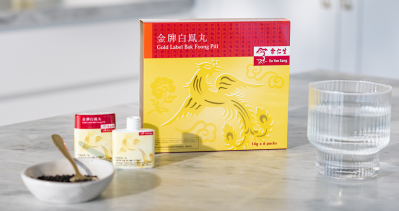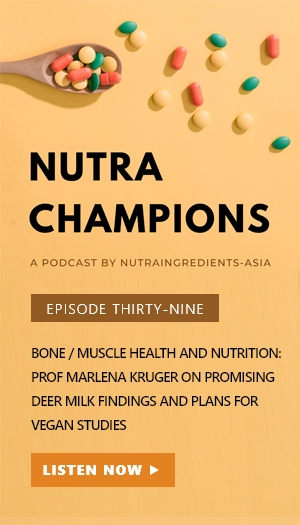American ginseng and eight other Chinese medicinal herbs recognised as food ingredients in China

The other eight ingredients are Codonopsis pilosula also known as Dangshen (党参), Cistanche deserticola also commonly known as the desert-broomrape (肉苁蓉), Dendrobium officinale (铁皮石斛), Astragalus membranaceus or Huangqi (黄芪), Ganoderma or Lingzhi (灵芝), Cornus officinalis or the Chinese Cornelian Dogwood (山茱萸), Gastrodia elata (天麻), and Eucommia ulmoides leaves (杜仲叶).
The National Health Commission (NHC) announced earlier this month that these nine ingredients have passed safety evaluation and undergone pilot production.
The approval means that these Chinese medical herbs could be used as food ingredients as well.
“In our country’s traditional food culture, some Chinese medicinal herbs are tend to be widely consumed as foods. According to traditions, they are considered as food and also Chinese medicinal herbs.
“The nine substances newly announced this time round are based on the ‘Food Safety Law’ and the ‘Administrative Measures on Substances Directory which can be Conventionally Regarded as Both Food and Chinese Medicine’,
“And taking into consideration their traditional use as foods within the country, local demands, and international regulations, as well as pilot production and risk evaluation,” the NHC said in a statement.
Dangshen, for example, is historically used in the Shanxi and Gansu province as both food and a Chinese medicinal herb in the preparation of soup, rice, porridge and other culinary dishes.
It could be found in products such as TCM brand Eu Yan Sang, where it is said to improve vitality and nourish the spleen.
The desert-broomrape, on the other hand, is traditionally used in Inner Mongolia in meat stews, tea, and wine. The parasitic plant is also known as ‘desert ginseng’. Animal studies have found that it could regulate the abundance of intestinal flora and restore the homeostasis of the intestinal flora.
American ginseng is historically used in the Shandong province, where it is prepared as a drink or in soup boiling etc.
Chinese medicinal herbs such as clove, star anise, sword bean, sicklepod are already part of the Directory, while six other herbs including danggui (Anglica sinensis), Shannai (Kaempferia galanga L.), xi hong hua (Crocus sativus L.), cai guo (Amomum tsao-ko), turmeric, and biba (Piper longum L.) are allowed as food spices in 2020.
However, it should be noted that no health claims are allowed when these ingredients are used as food or food spices.
In total, there are now 102 substances listed in the Directory.


















